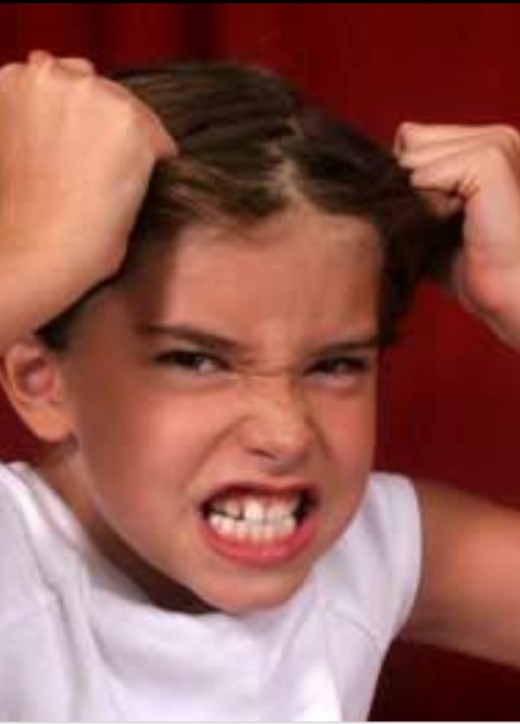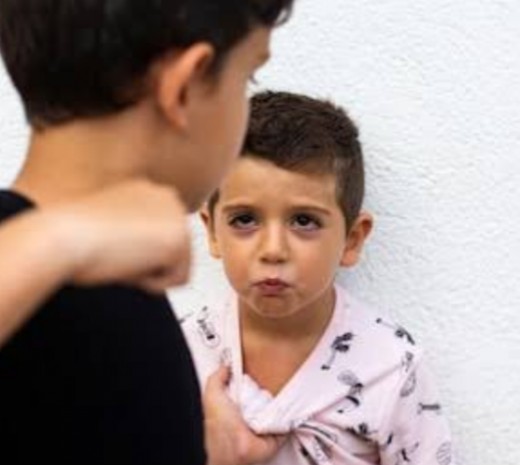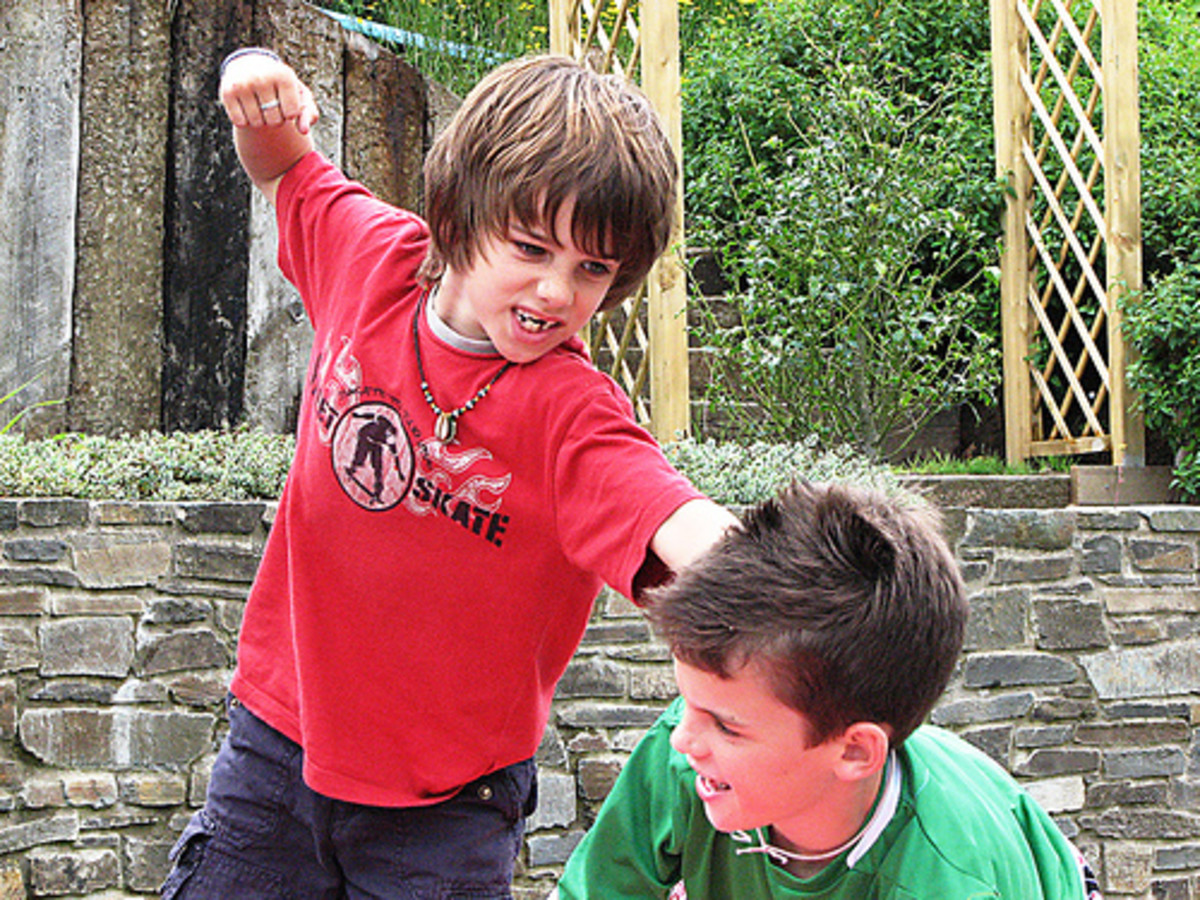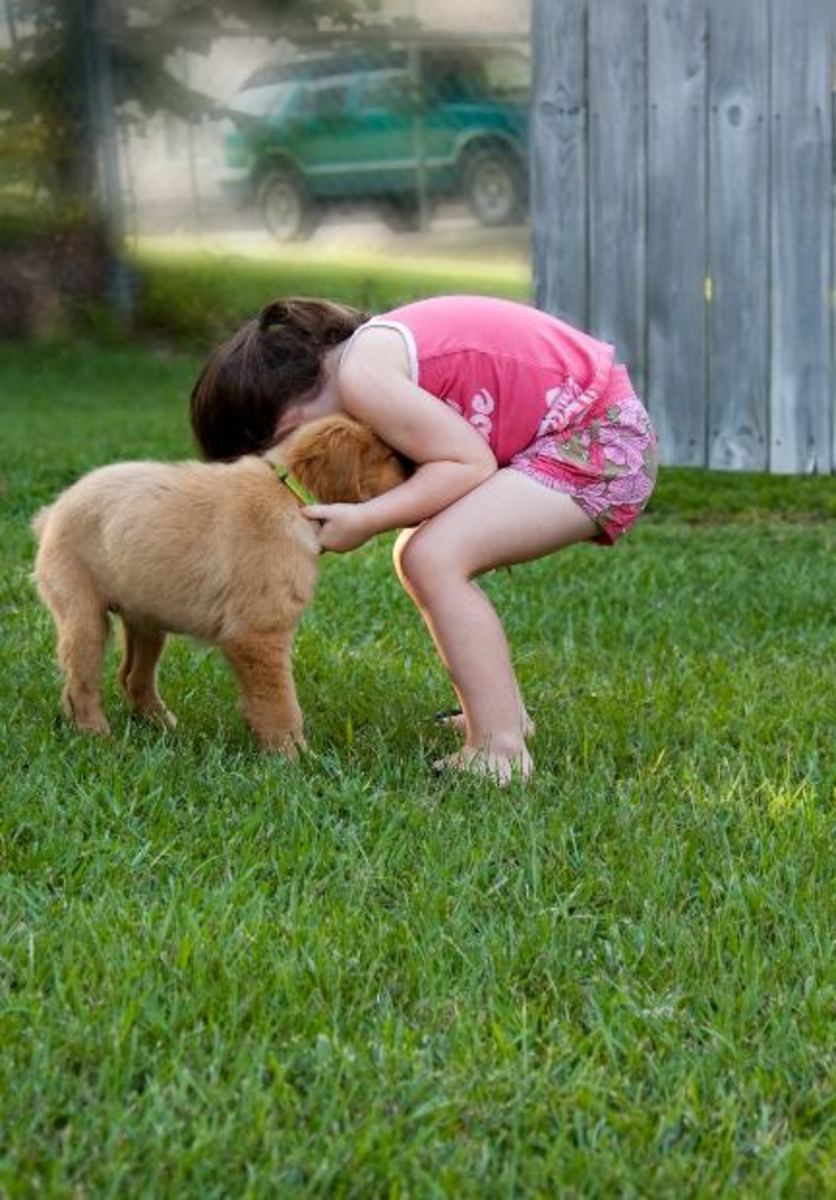Aggression in children 18 years old and younger

An aggressive person is one who acts violently when they are angry, upset or hurt. It is important for parents to pay attention to their children's behaviour throughout their childhood, it is a way of identifying whether your child has an aggression problem or not. One of the most common questions concerning aggression in children are; how do I know whether my child has an aggression problem, how can my child's aggressiveness affect his/her and/or the lives of those around him/her, what led to my child being this aggressive, and what can I do to help my aggressive child?
What influenced your child to be aggressive?
The first step is to identify what influenced your child to act in an aggressive manner. Aggressive behaviour could be linked to mental health and/or be a result of the environment in which the child lives or spends most of his/ her time in. Some children who act aggressively may possibly have Bipolar Mood Disorder, Conduct Disorder, anxiety or depression. In some cases children become aggressive as a result of the environment in which they spend most of their time in. Some communities are full of violence and gangsterim, which could trigger the behaviour, emotions and mentality of children living in a violent community.

Helping an aggressive child
One of the approaches a parent can adopt to protect a child from becoming an aggressive individual as a result of community violence is to limit the child's exposure to violence. The more time your child spends with violent individuals, the more likely he/she will also become violent. Get your child involved in activities to keep them busy, focused and entertained. Activities such as playing sports, joining a school or church choir, joining a study group monitored by a responsible adult, etc.
There are schools, most often in developing countries, that face challenges whereby learners are aggressive towards fellow learners and teachers. There have been many incidents in schools across the world where learners brought dangerous weapons such as guns and knifes to school. This takes us back to the effect the people your child spends most of his/her time with have on the child. If your child befriends or admires violent individuals, there is a high possibility that the child will behave violently and have access to hazardous weapons such as guns. When learners behave aggressively and violently on school premises it does not only put their lives in danger, it also endangers the lives of other learners and teachers.
Parents, teachers and guardians play a vital role in assessing, monitoring and moderating children's aggression. There are different levels of aggression, therefore it does not mean all aggressive children can be easily controlled or helped using various approaches. Aggression can be picked up as early as when a child is a toddler, for instance when a toddler throws tantrums on more regular basis, or hits or bites other children more often than most toddlers do. Aggression in toddlers and children who are not yet adolescents has a higher possibility of being managed compared to aggression in adolescents, as adolescents tend to distance themselves from parents as they grow.
It can be challenging to help a child who is aggressive as a result of a mental health problem, especially if they are not yet diagnosed by a professional. For instance, it can be challenging to understand the behaviour and mood swings of a child with Bipolar Mood Disorder if you are not a psychology professional or if you are not going through a similar experience.
Symptoms of aggression
Symptoms of aggressiveness include insulting others, bullying, physical assault, destruction to property, etc. In most cases, aggressive children do not see anything inappropriate in their behavior, they tend to find pleasure in harassing and harming others, and never sympathies. It is important to manage aggression in children as early as possible as it could result in school dropout, sexual harassment, criminal activity, depression and even suicide.
© 2019 Grace








